Top 9 Calcium Rich Foods To Add In Your Daily Diet
Minerals play a crucial role in our body; one of the most important mineral is calcium. In fact your body has more calcium than any other minerals.
Calcium play a vital role in keeping your teeth and bones strong and also plays an important role in keeping muscle function, heart and nerve signalling healthy.[1]
According to a research article from the US National Library of Medicine calcium reduces hypertensive disorders, prevents osteoporosis, and keeps cholesterol in check. A shortage of calcium in one’s body can cause pain in the legs, knees, and arms. However, a large percentage of the population doesn’t meet their calcium needs through their diet. [2]
The recommended daily index of calcium may vary according to the age or natural deficiency. Children from 9 to 11 require 1000 mg of calcium, an adolescent from 12 to 18 year old require 1300 mg of daily calcium and an average healthy adult needs at least 1000 mg whereas women aged 50 or above require 1300 mg of calcium every day.
1. Parmesan cheese
In a study it was found that eating cheese daily was linked to a lower risk of metabolic syndrome, which raises your risk of heart disease, stroke and type 2 diabetes. [3]
Everyone loves cheese and now you have a reason to go for it. However you should also consider that full-fat cheese is also high in fat and calories.
How to add them: You can add this delicious delicacy in mac and cheese to keep cheese in your healthy diet. Enjoy your cheesy meal with vegetables and fresh fruit to make it more nutritious.
- Calories 122
- 8 gram of fat
- 433.5 mg of sodium
- 1.2 gram of Carbohydrates
- 0 gram of fiber
- 0 gram of sugar
- 11 gram of protein
2. Yogurt
Yoghurt is a dairy product rich in live probiotic bacteria, that keep your gut healthy. Every 100 grams of yoghurt contain about 85-100 mg of calcium. Yoghurt is also good for those who are lactose intolerant as it is easy to digest and cleansing for the digestive tract
A cup of plain yoghurt [245g] contain 30% of RDI for calcium as well as potassium, phosphorous, vitamin B2 and vitamin B12. However if you are worried about fat, you can go for low-fat yoghurt which also has a higher content of calcium.
How to add them: You can use a yogurt-based dressing as a dip for savory crunchy vegetables like broccoli, carrots or celery. Top yogurt with fruit such as blueberries, raspberries, strawberries or melon to satisfy your sweet tooth. Yummy!
- Calories: 149
- 8 gram of fat
- 113mg of sodium
- 11.4 gram of carbohydrates
- 0 gram of fiber
- 11.4 gram of sugar
- 8.5 gram of protein
3. Figs
These are also loaded with magnesium, this fruit helps in keeping the heart beat steady and maintaining muscle function. In fact dried figs provide 5% of the RDI for calcium in one ounce (28 grams). figs aso provide decent amounts of potassium and vitamin K.
The following nutrition information is provided by the USDA for one small (40g) raw fig measuring 1-1/2" in diameter.
- Calories: 30
- 0.1 gram of fat
- 0.4mg of sodium
- 7.7 gram of carbohydrates
- 1.2 gram of fiber
- 6.5 gram of sugar
- 0.3 gram of protein
4. Almonds
They are also a rich in fibre, magnesium, manganese, vitamin E, fats, and protein which help in lowering blood pressure, body fat, and other risk factors for metabolic diseases.They also helps in reducing the risk of heart disease. Also, almonds are an amazing source for improving your memory.
The following nutrition information is provided by the USDA for 1 ounce (28g) or about 24 whole unsalted almonds.
- Calories: 164
- 14.2 gram of fats
- 0mg of sodium
- 6.1 gram of carbohydrates
- 3.5 gram of fiber
- 1.2 gram of sugar
- 6 gram of protein
5. Amaranth (Rajgira)
You can use or cook amaranth similar to a rice or couscous dish. A 100 g serving of amaranth seeds, in flour or grain form, provides you with 330 mg of calcium.
Amaranth are good source of folate and very high in certain minerals, including manganese, magnesium, phosphorus and iron. It is also a good source of other nutrients including vitamin B6, folate, copper, and selenium.
How to add them: You can enjoy them as a side dish or add veggies and another protein source to make a complete and balanced meal. You can boil amaranth like you would boil any other grain. However they may require more water.
This nutrition information is provided by the USDA for a half-cup serving (123g) of cooked amaranth with no added fat or salt.
- Calories: 125.5
- 1.9 gram of fat
- 7mg of sodium
- 23 gram of carbohydrates
- 2.6 gram of fiber
- 16.2 gram of starch
- 4.7 gram of protein
6. Bok choy (Chinese Cabbage)
They are also good source of iron, phosphorous, calcium, magnesium, zinc and vitamin K that can contribute to building and maintaining bone structure and strength.
According to an article in the American Journal of Clinical Nutrition, people should increase their intake of potassium. Some evidence shows that consuming 4,700 mg of potassium daily decreases blood pressure caused by high sodium intake. [4]
How to add them: You can eat them raw. You may saute bok choy with chopped snow peas and mushrooms in a frying pan with a little oil and season to taste.
- Calories: 9.1
- 0.1 gram of fat
- 45.5mg of sodium
- 1.5 gram of carbohydrates
- 0.7 gram of fiber
- 0.8 gram of sugar
- 1.1 gram of protein
7. Tofu (Bean curd)
How to add them: You can add it to a smoothie or stir-fry or scramble it (just like you would eggs). You may also marinate slices of tofu and bake, grill or broil it.
The following nutrition information is provided by the USDA for a one-quarter cup (or 81 grams) of firm tofu.
- Calories: 117
- 7 gram of fat
- 11mg of sodium
- 2.2 gram of carbohydrates
- 1.9 gram of fiber
- 14 gram of protein
8. Milk
Milk is one of the best and cheapest calcium sources. It works amazing for building bones from childhood to adulthood, a cup of milk includes 280 mg of calcium of the recommended 1000 mg.
Cow milk and goat milk is rich in calcium as compared to buffalo milk. It is also a good source of selenium, potassium, pantothenic acid, thiamin, and zinc.
How to add them: You know you can enjoy them as it is or add to hot and cold beverages such as coffee, tea, cocoa, and smoothies. You may also use them as a base for gravy or sauces.
The following nutrition information is provided by the USDA for 1 cup (8 ounces) of reduced fat (2%) milk.
- Calories: 122
- 4.8 gram of fat
- 115mg of sodium
- 12 gram of carbohydrates
- 0 gram of fiber
- 12 gram of sugar
9. Oranges
However oranges offer a lot more like calcium, potassium, fiber, and folate making them a nutritious option. Plus they're easy to find, eat, store, and cook with.
This low-calorie fruit contributes to clear skin, lower blood pressure, improves cardiovascular health, and the presence of fibre helps with weight management and controlling diabetes.
How to add them: You can include them raw or add them to salads, sauces, or desserts. They offer sweet flavor and beautiful coloring you may grate or julienne the zest for sauces or garnish.
The following nutrition information is for one medium orange 2-5/8" in diameter (131g) and is provided by the USDA.
- Calories: 62
- 0.16 gram of fat
- 0mg of sodium
- 15.4 gram of carbohydrates
- 3.1 gram of fibre
- 12.2 gram of sugar


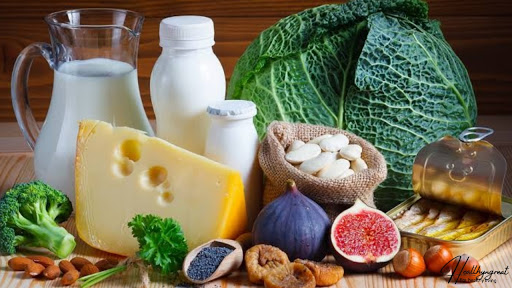


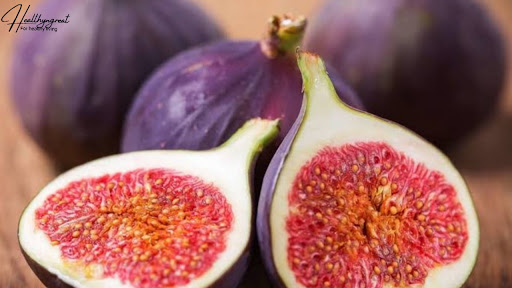

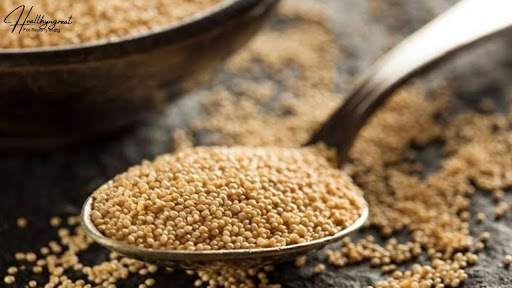

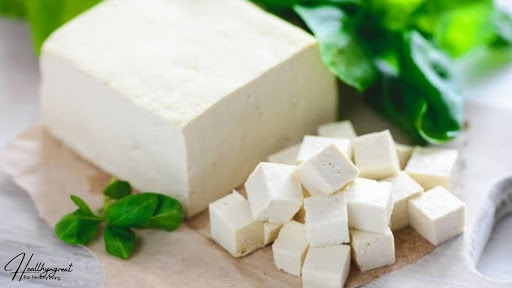
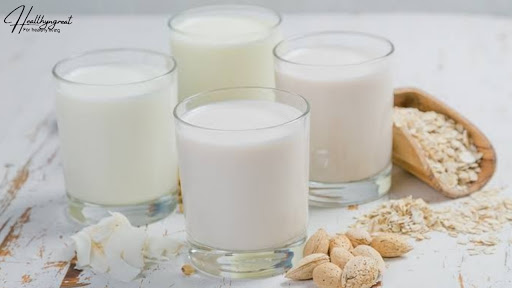
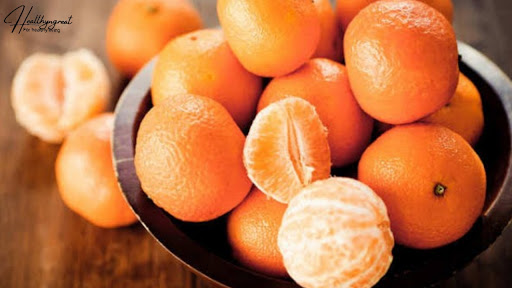






Post a Comment
0 Comments
If you have any doubt please let me know.